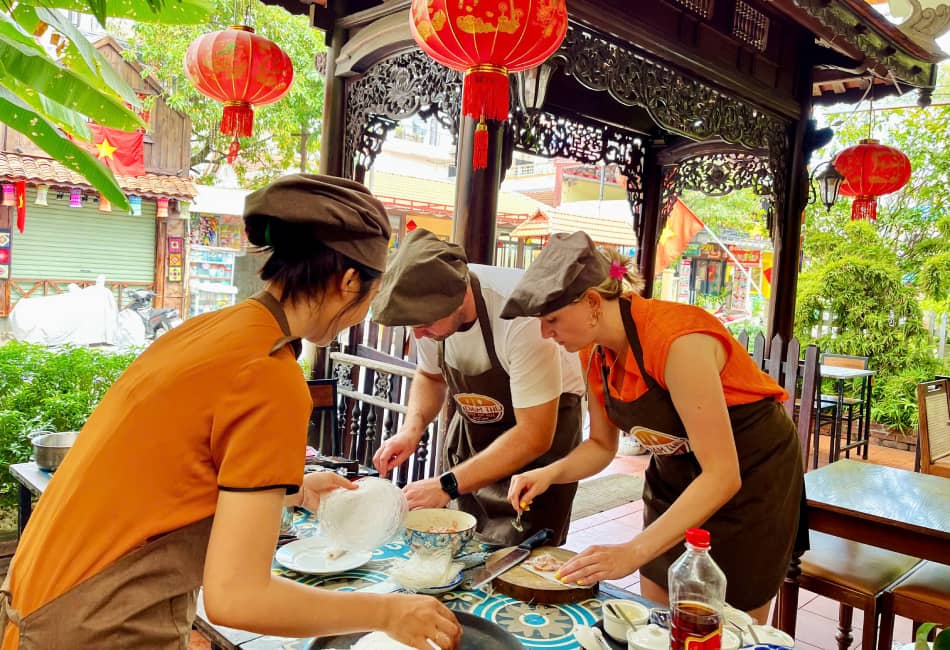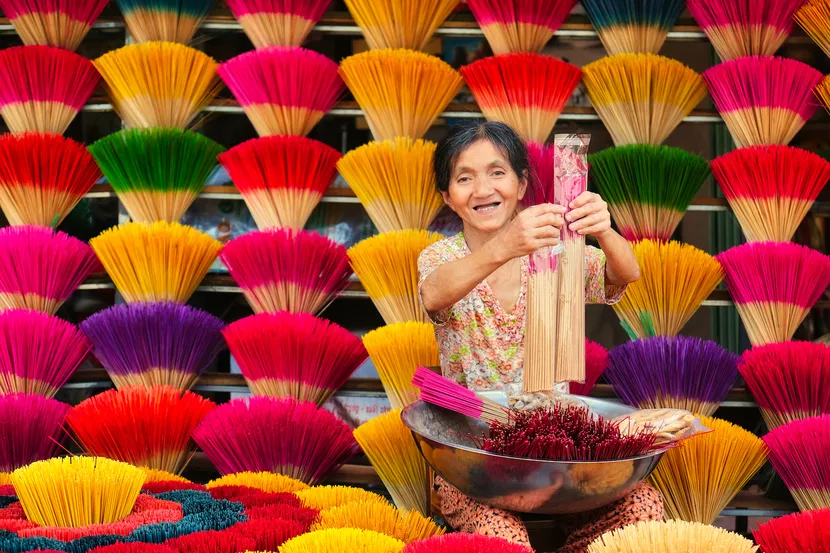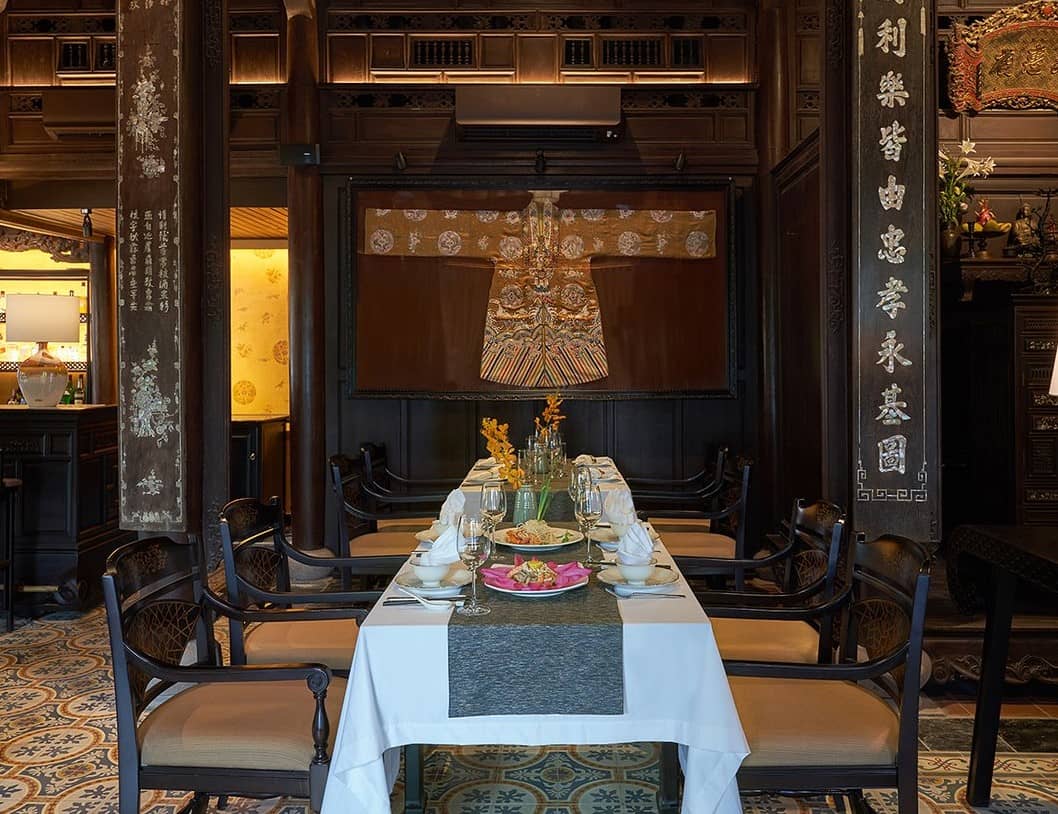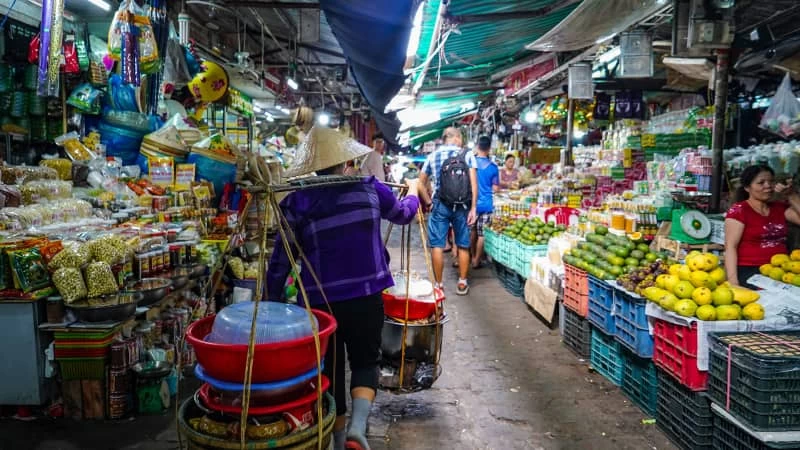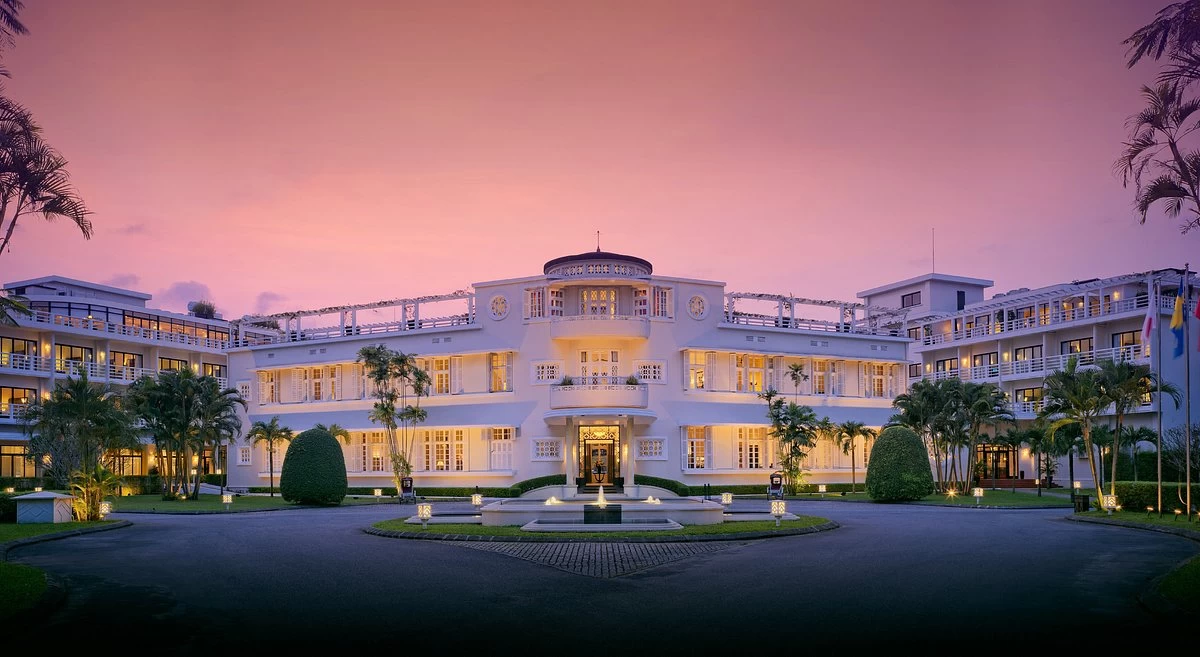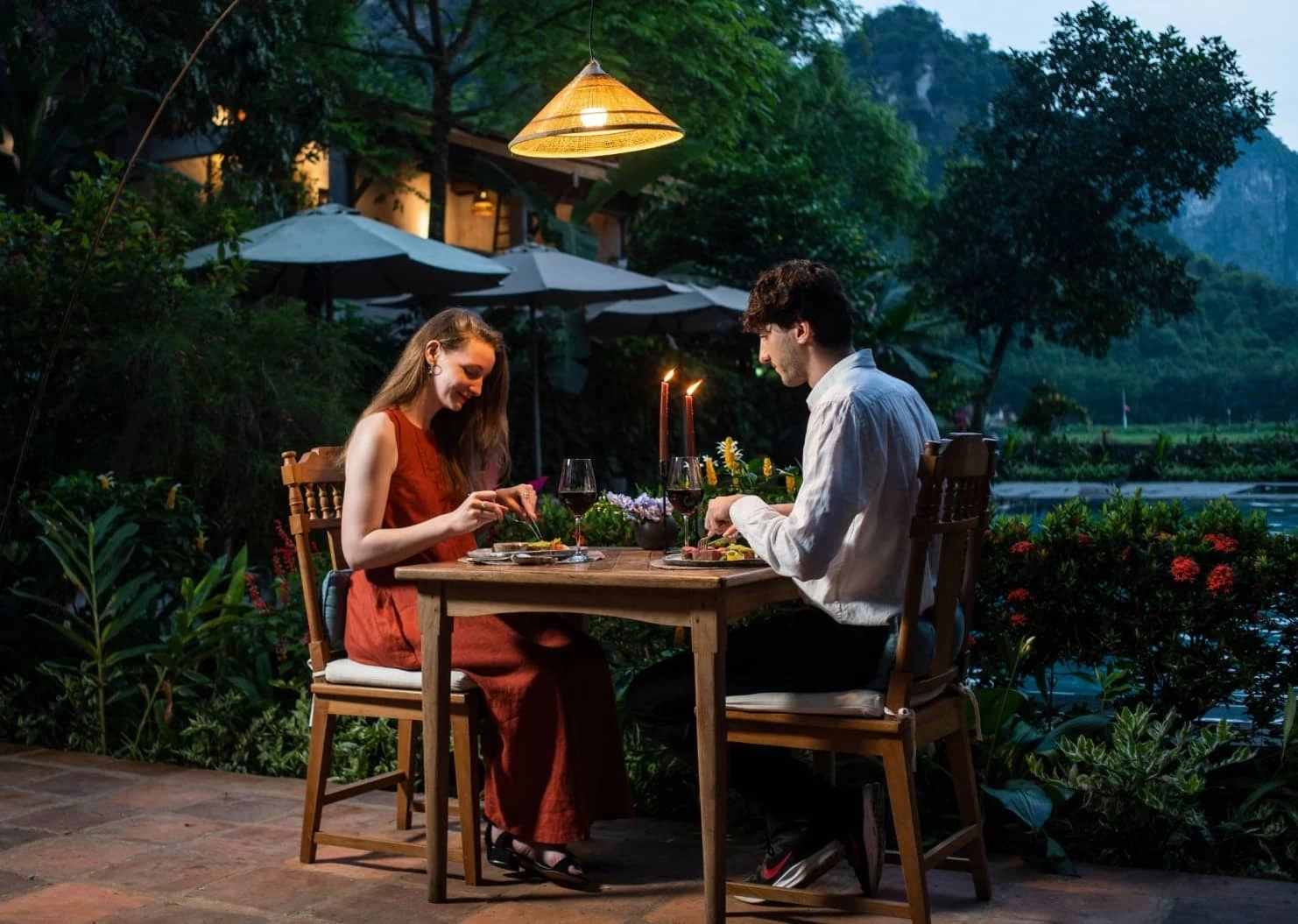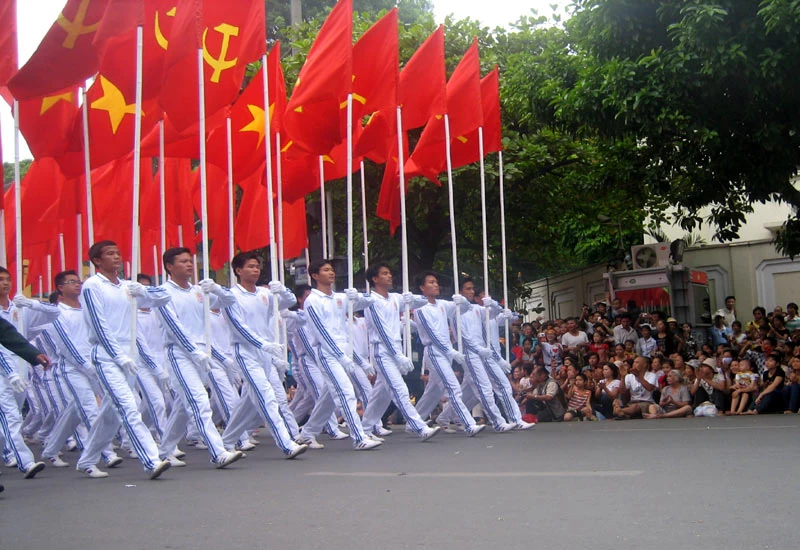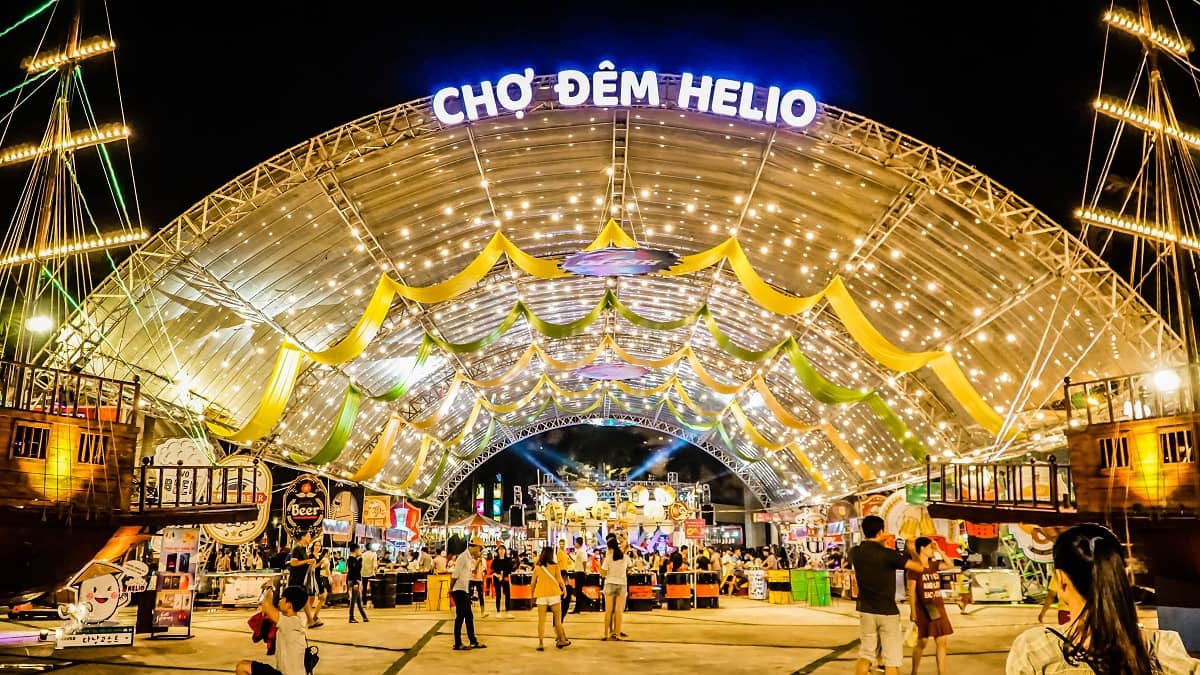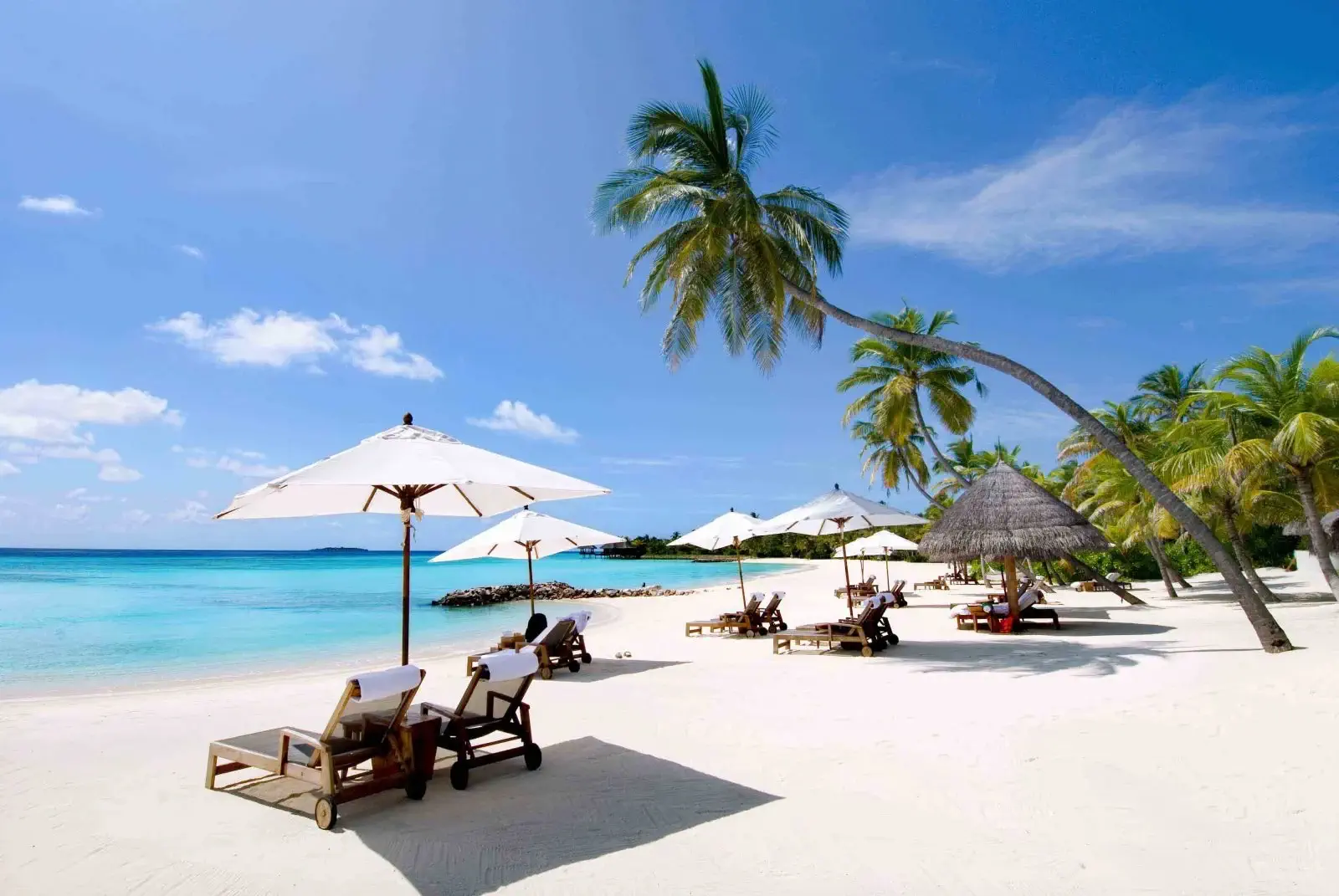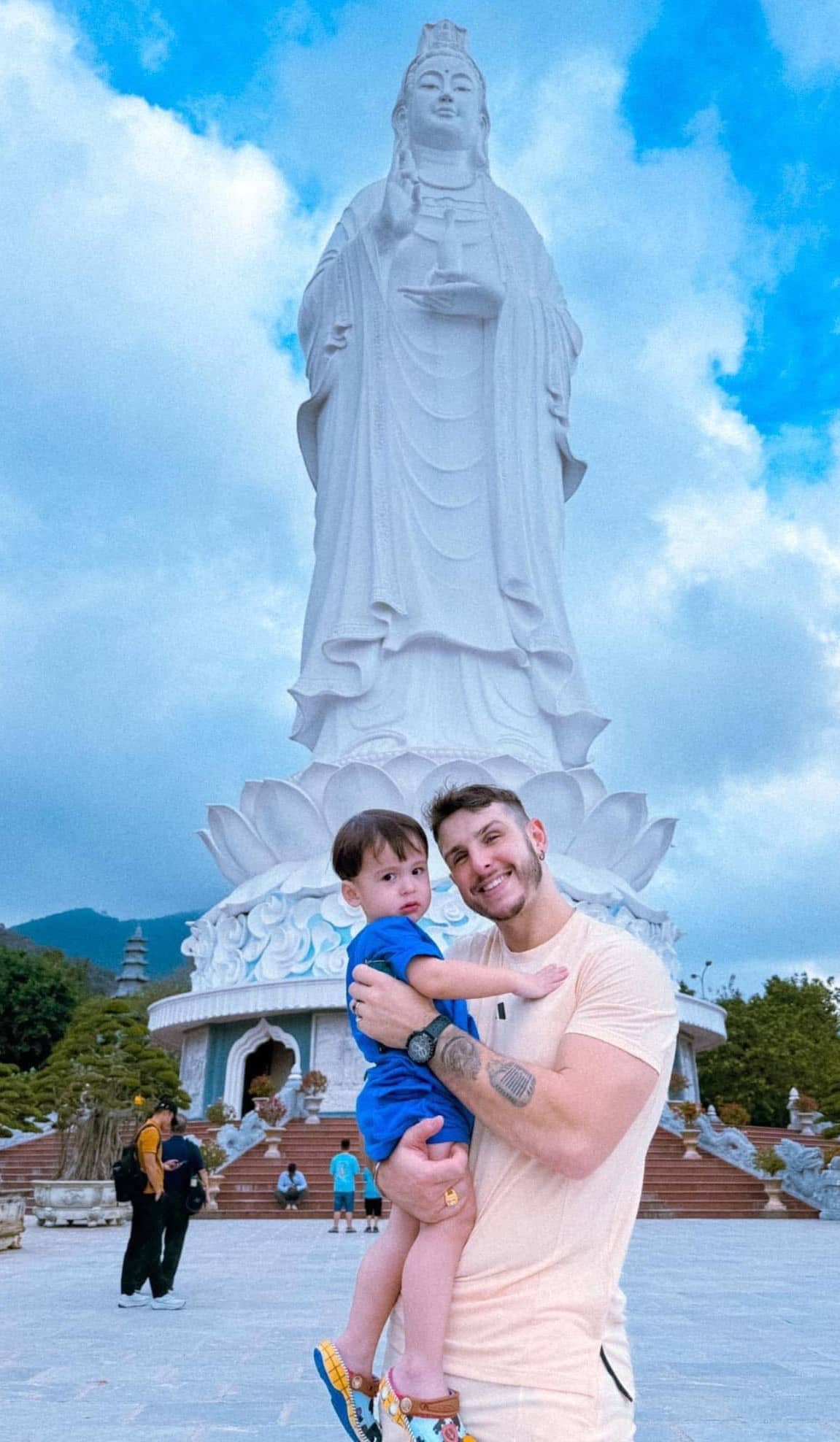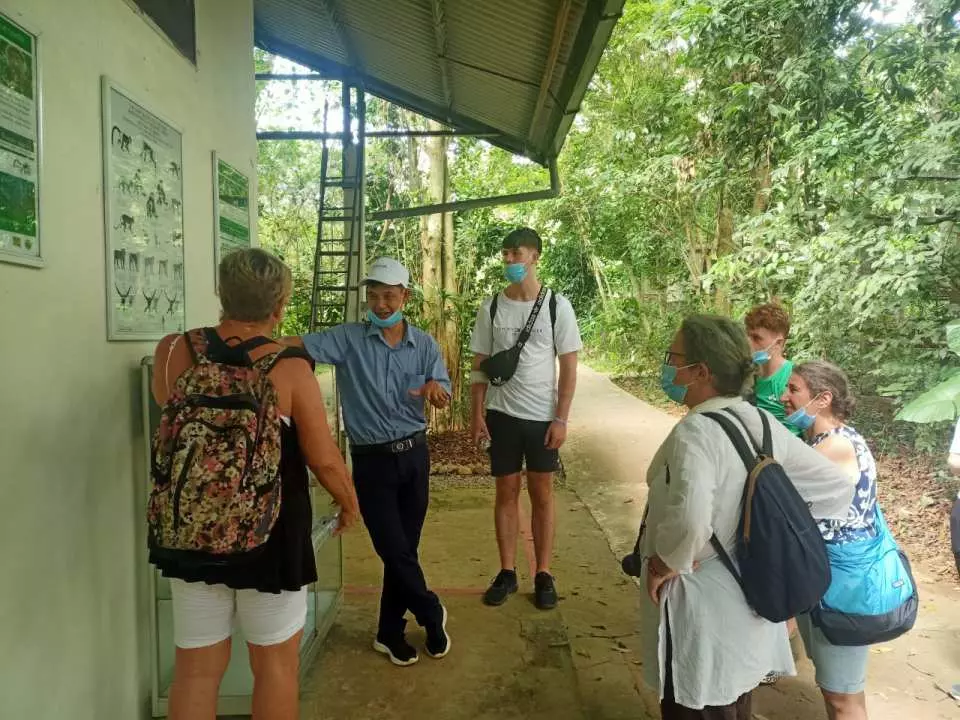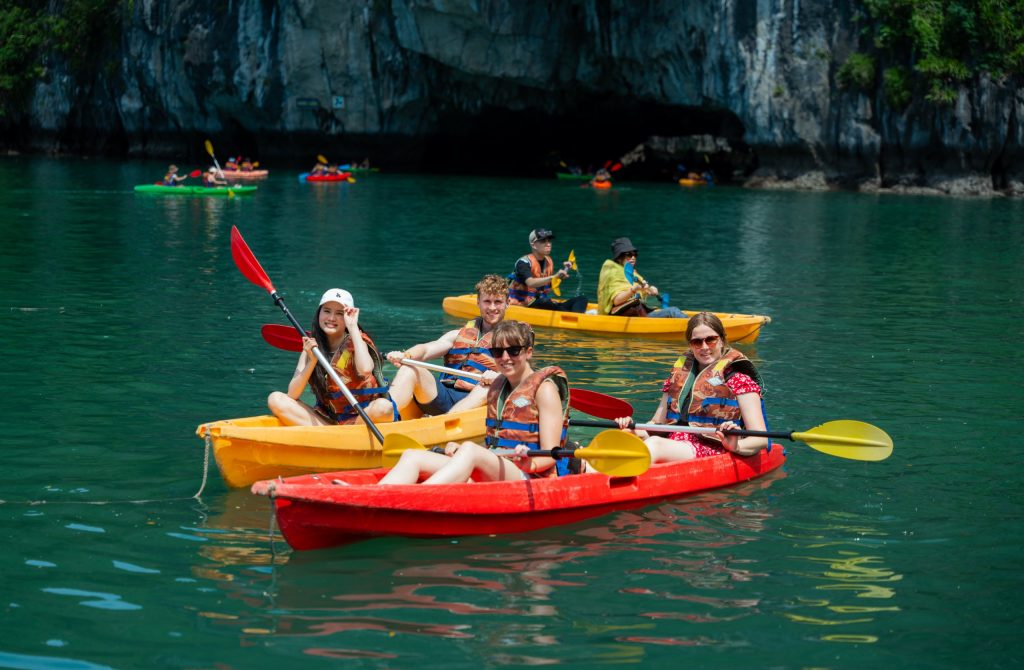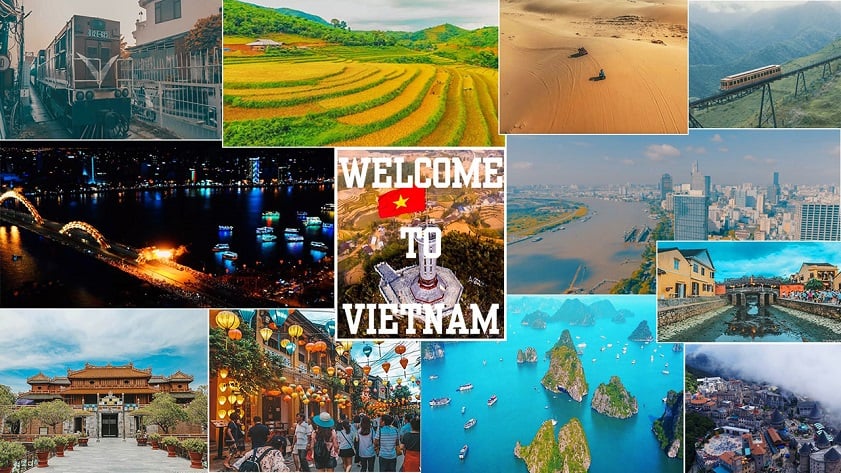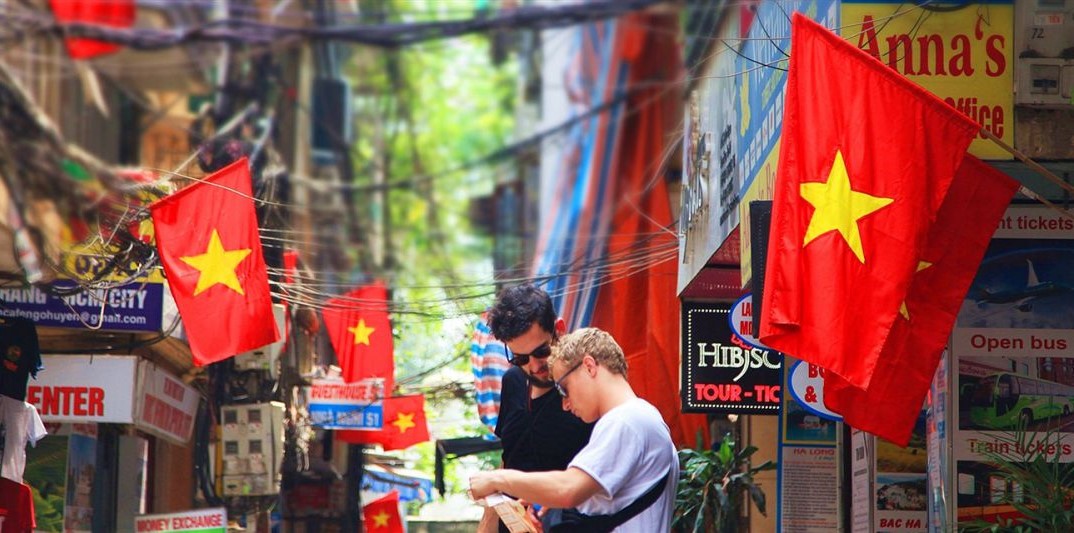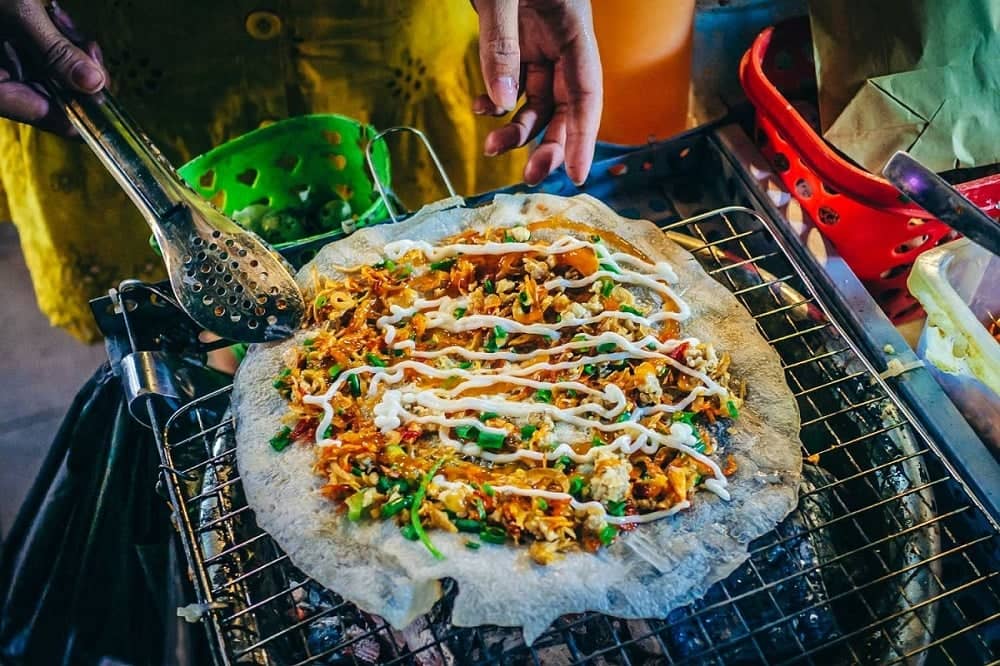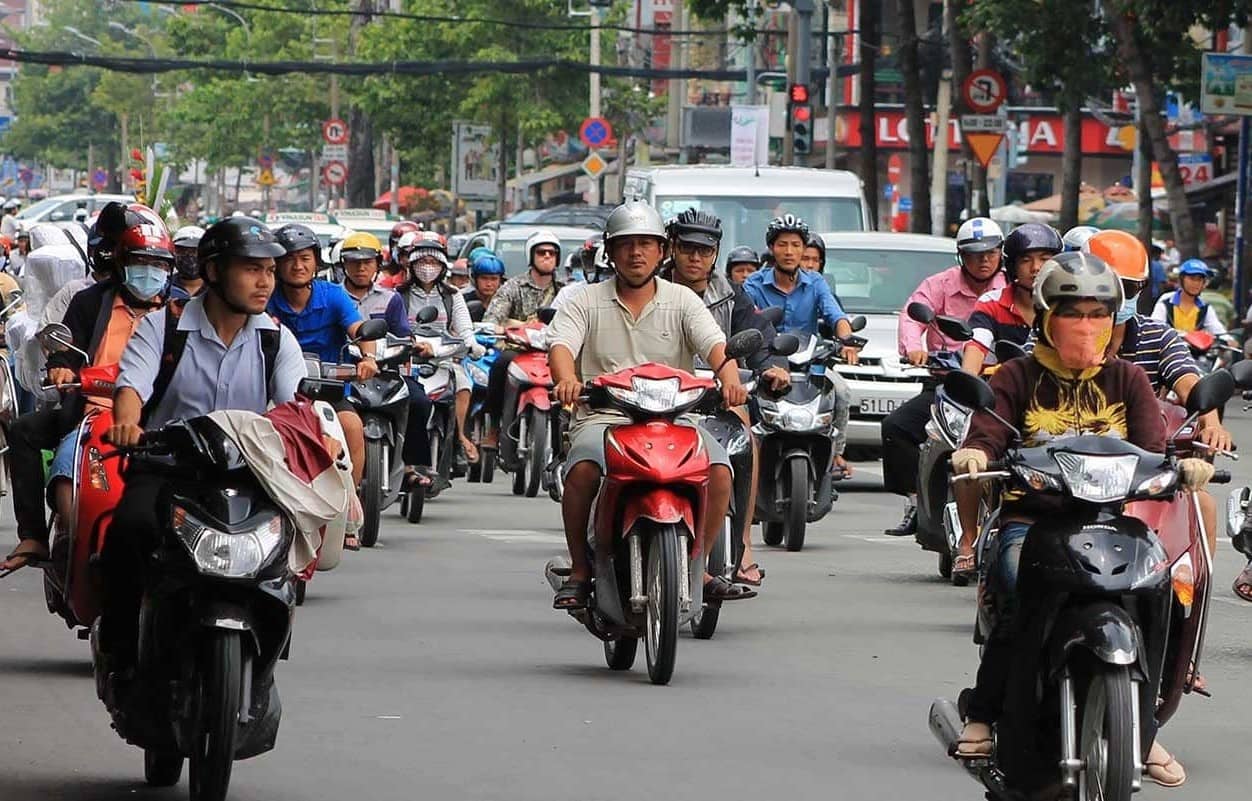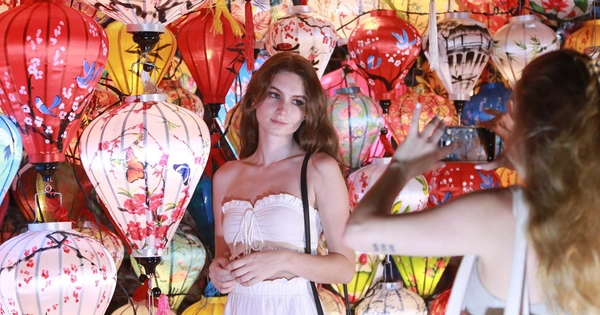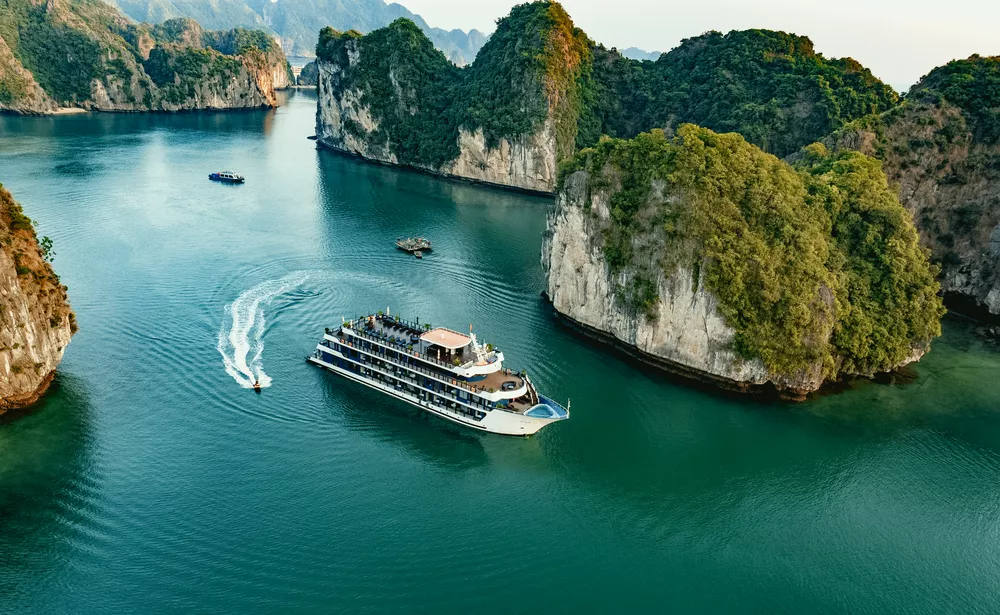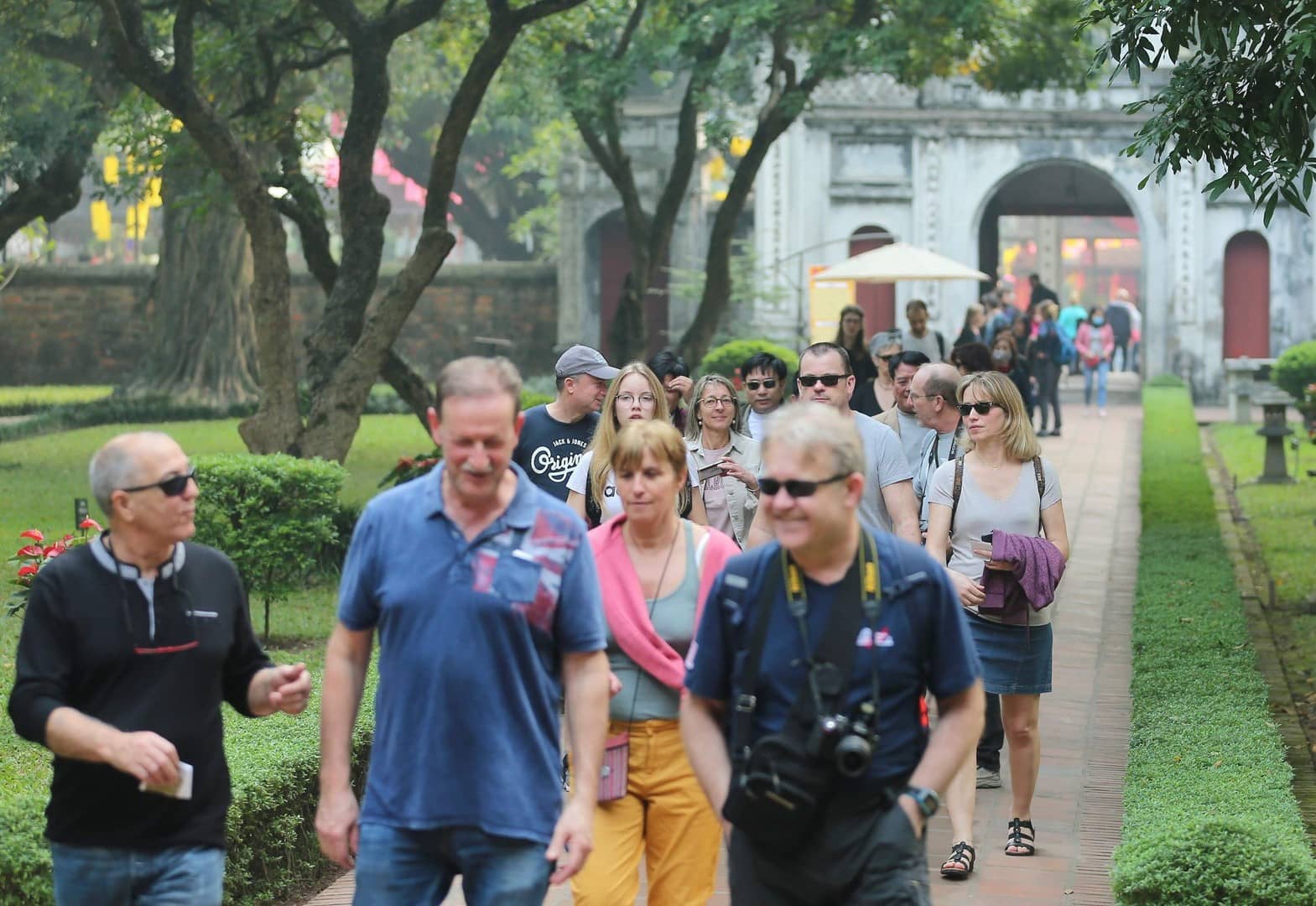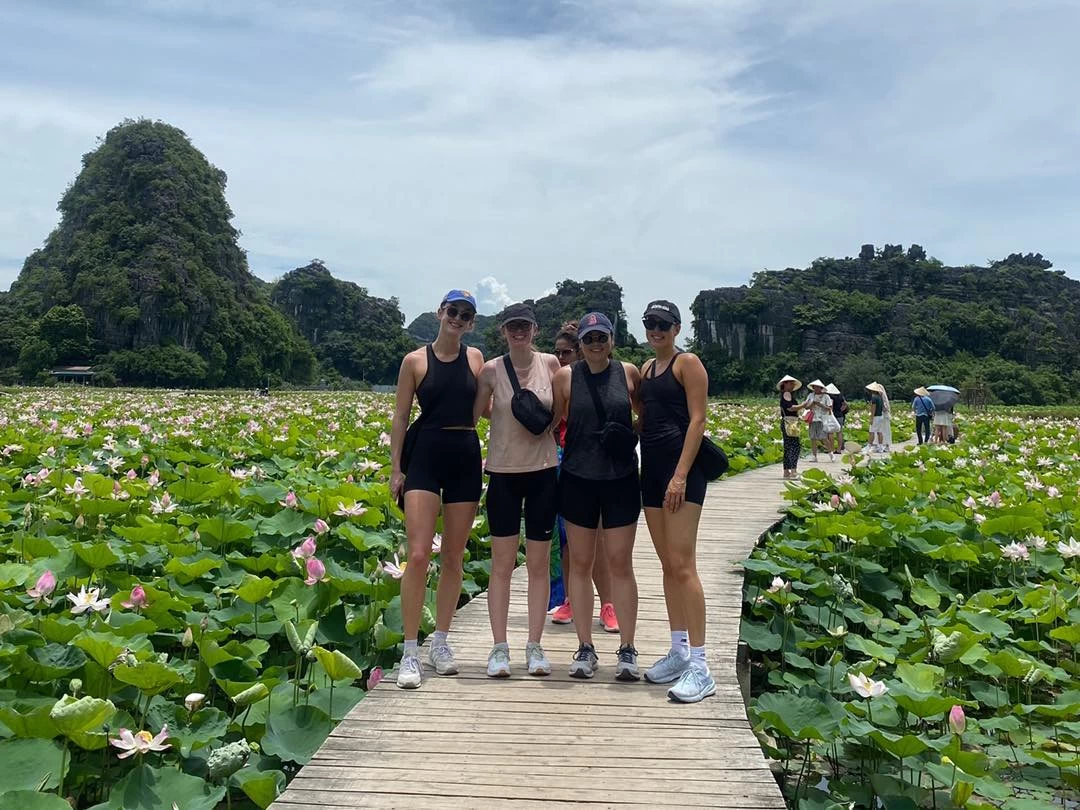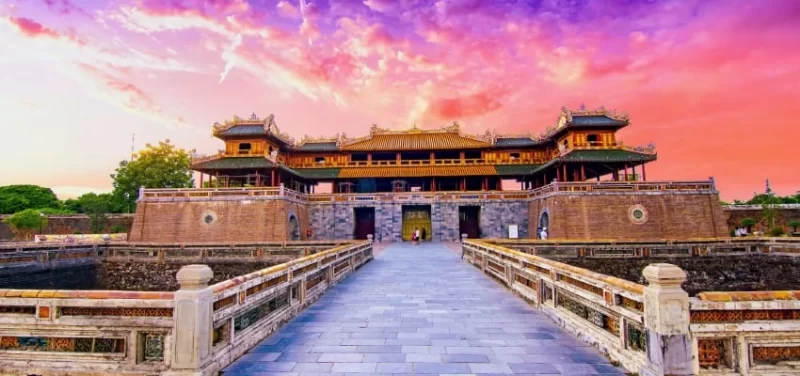
The Magnificent Beauty of the Imperial City of Hue
Discover the Imperial City of Hue, a UNESCO World Heritage site and the former capital of Vietnam. Immerse yourself in its rich history, stunning architecture, and vibrant culture as you explore the majestic citadel, royal palaces, and serene gardens. Whether you’re wandering through the iconic Ngo Mon Gate or cruising along the picturesque Perfume River, the Imperial City of Hue offers an unforgettable journey through Vietnam’s royal past. Plan your visit today and step into a world of history and beauty!
I. Overview of the Imperial City of Hue
The Imperial City of Hue, also known as the Hue Citadel, is one of Vietnam’s most significant cultural and historical landmarks. Recognized as a UNESCO World Heritage Site since 1993, the Imperial City of Hue offers visitors a glimpse into the grandeur of Vietnam’s last royal dynasty, the Nguyen Dynasty, which ruled from 1802 to 1945. It served as the political, cultural, and religious center of the country during this time, making it a key site for understanding Vietnamese history.
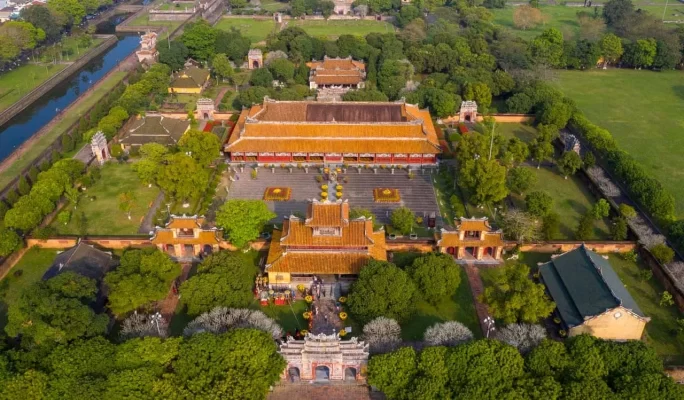
Imperial City of Hue
What makes the Imperial City of Hue truly remarkable is its architectural design, reflecting the harmony between man and nature, the balance of yin and yang, and the careful planning that integrated symbolic meaning into every structure. Visitors are often mesmerized by the grandeur of the gates, the beauty of the royal residences, and the intricate detailing found in each corner of this vast complex.
For international travelers, the Imperial City of Hue offers a unique window into Vietnam’s rich royal heritage, while its stunning aesthetics and historical relevance ensure that it is a must-see destination for anyone exploring Southeast Asia.
The citadel is not just a historical site but a living testament to the grandeur and sophistication of Vietnam’s royal past, attracting curious minds eager to learn more about the country’s fascinating culture and history.
II. Main Attractions of the Imperial City of Hue
1. Ngo Mon Gate – The Main Gate and Icon of the Imperial City
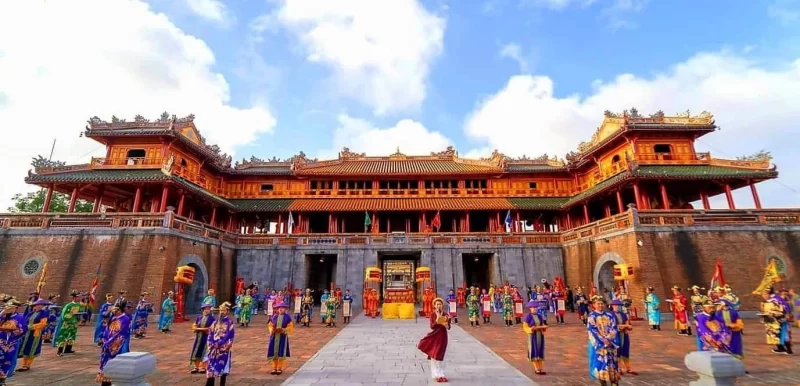
Many important cultural events take place at Ngo Mon Gate.
Ngo Mon Gate, the main entrance to the Imperial City of Hue, stands as a grand architectural symbol of royal authority. This five-entrance gate, constructed during the reign of Emperor Minh Mạng in 1833, served both as the ceremonial entry for imperial processions and a platform for the emperor to address his subjects.
Unique Architectural Features: Built in a traditional Vietnamese style with influences from Chinese architecture, the gate’s multi-tiered roof is decorated with dragons and intricate designs.
- Lower level: Constructed of stone, it houses five entrances—the central one reserved exclusively for the emperor while the others were for mandarins and the military.
- Upper level: Known as Five Phoenix Pavilion, this pavilion is where the emperor would observe military parades or make important announcements.
Cultural Significance: Ngo Mon Gate is not merely a passage but a stage for history. During imperial ceremonies such as the emperor’s coronation or annual ritual events, this gate became a central part of the pageantry.
2. Thai Hoa Palace – The Heart of Imperial Ceremonies
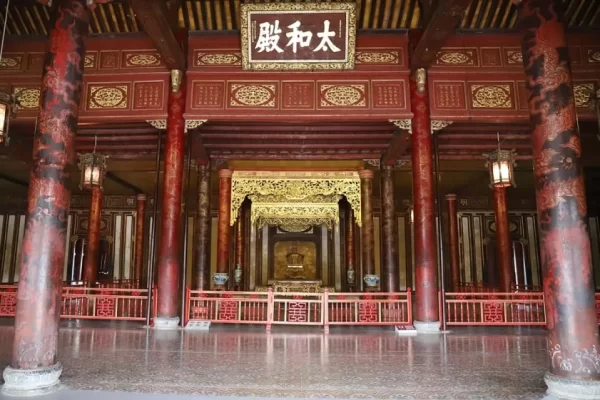
Thai Hoa Palace is where the king discusses state affairs with his mandarins.
Thai Hoa Palace is one of the most significant structures within the Imperial City of Hue, where emperors conducted official ceremonies, hosted diplomatic events, and received foreign dignitaries. Built in 1805 during the reign of Emperor Gia Long, the palace showcases the solemnity and grandeur of the Nguyen Dynasty’s imperial court.
Architectural Features:
- Thai Hoa Palace was built in the style of a double house called “trung thiem diep oc” or “trung thiem trung luong” (overlapping roofs, connected houses). The area of the palace is 1,360 square meters. The palace floor is 1 meter higher than the first floor of the courtyard and 2.35 meters higher than the ground.
- The main house in the back is the main hall (or main business) with 5 rooms and 2 wings; the house in the front is called the front hall (or front business) with 7 rooms and 2 wings. The two houses in front and behind are connected by a roof or crabshell roof.
Royal Functions: The main hall was reserved for important ceremonies such as the emperor’s enthronement and royal birthdays. The long rows of red-lacquered columns inside the hall were arranged to symbolize the emperor’s supreme power over the court.
Cultural Immersion for Visitors: Visitors to Thai Hoa Palace can explore the throne room, where the emperor would sit on the golden throne to preside over state functions, and imagine the lavish and solemn rituals that once took place in this sacred space.
3. Forbidden Purple City – The Private Realm of the Royal Family
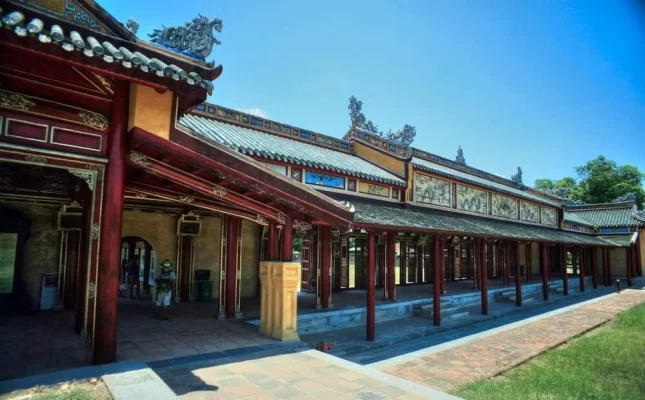
The Forbidden Purple City is the home of royalty.
The Forbidden Purple City, located within the heart of the Imperial City, was the private residence of the Emperor and his family. This section was strictly off-limits to anyone outside the royal family and select officials, hence its name, “Forbidden.”
Layout and Architecture: The complex was designed with several palaces, pavilions, and gardens, all surrounded by a high wall for security and privacy. Many structures were unfortunately damaged during wars, but restoration efforts have revealed key buildings.
- Can Chanh Palace: This was the emperor’s private quarters, where he attended to state affairs away from public view.
- Dien Tho Palace: A palace specifically reserved for the Queen Mother.
- Imperial Gardens: The lush gardens with lotus ponds and ornamental plants allowed the royal family to enjoy moments of relaxation.
Opening hours and ticket prices of Hue Forbidden City
- In summer, opening hours are from 6:30 am to 5:30 pm daily.
- In winter, opening hours are from 7:00 am to 5:00 pm daily.
III. Rules for Visiting the Imperial City of Hue
- Visitors to the relic must buy tickets; when entering the gate, each person must hold a ticket or card in hand for easy checking or control.
- Maintain environmental hygiene, security, and order; implement regulations on fire prevention in the relic area;
- Do not bring explosives, flammable substances, toxic substances, and dangerous weapons into the relic;
- Visitors must dress politely (do not wear sleeveless shirts or shorts when visiting places of worship) and keep quiet in the palace and sacred places. Do not film or take photos inside;
- Do not smoke in the palaces, pine forests, and places that are flammable.
- Do not pick flowers, break branches, hunt birds and animals, or write or draw on architectural works;
- Do not lie down, sit, and touch artifacts;
- People using vehicles entering and exiting the relic must get off their vehicles, turn off the engine, present their documents, and remove sunglasses and face masks (if any) so that security guards can check and give specific instructions.
IV. Other Attractions Near Imperial City of Hue
1. Thien Mu Pagoda
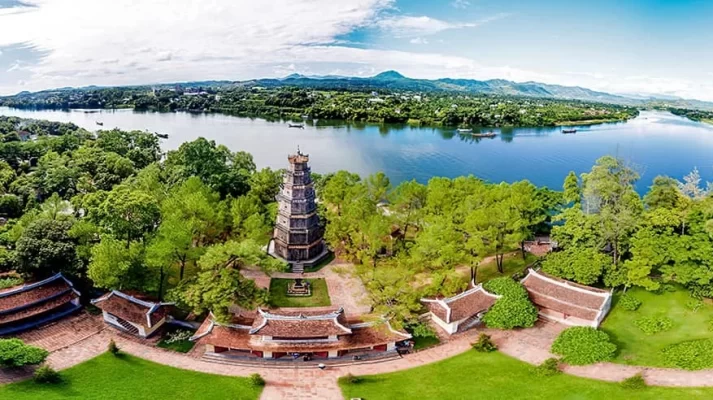
The beauty of Thien Mu Pagoda on the banks of the Perfume River.
Situated on the banks of the Perfume River, Thien Mu Pagoda is the oldest and most famous temple in Hue. Built in the 17th century, it holds deep spiritual significance and is a symbol of the city.
- Phuoc Duyen Tower: A seven-story pagoda that is the temple’s most recognizable feature, attracting numerous visitors for both sightseeing and worship.
- Scenic Surroundings: The pagoda is perched on Ha Khe Hill, offering panoramic views of the Perfume River, creating a serene and majestic atmosphere.
Thien Mu Pagoda is not only a religious site but also a place for tourists to relax, connect with nature, and experience the tranquil beauty of the sacred temple bells.
2. Perfume River
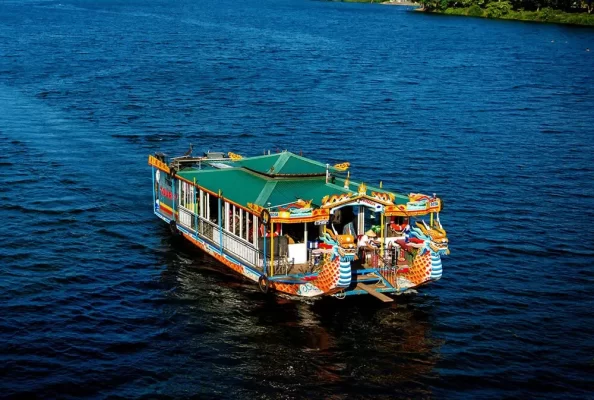
Dragon boat tour on the Perfume River.
The Perfume River gently flows through the city of Hue, offering poetic beauty and serving as an endless source of inspiration for poets. Visitors can take a dragon boat cruise to admire the peaceful scenery along both riverbanks.
- Boat Cruise on the Perfume River: This experience allows tourists to enjoy the serene landscape while listening to traditional royal music. At night, the illuminated riverside creates a magical setting.
- Trang Tien Bridge: An iconic symbol of Hue, this bridge becomes even more enchanting when lit up at night, reflecting its lights on the river.
The Perfume River is not just a natural landmark but a historical witness, deeply connected to the cultural and artistic life of Hue’s people.
3. Dong Ba Market
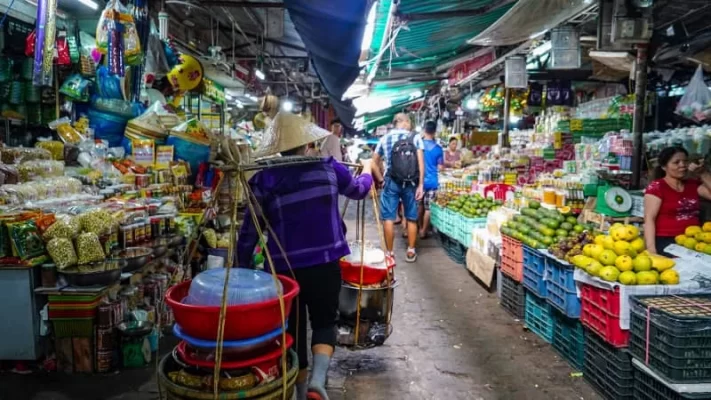
Dong Ba Market
Dong Ba Market is the largest and oldest marketplace in Hue, where visitors can explore the daily lives of locals and shop for traditional handicrafts.
- Hue Specialties: Tourists can sample and purchase famous specialties such as sesame candy (mè xửng), fermented shrimp paste (tôm chua), grilled pork skewers (nem lụi), and souvenirs like conical hats and Ao Dai.
- Cultural Shopping Experience: The market reflects Hue’s vibrant trade culture, with friendly vendors and colorful stalls selling a variety of goods.
Do not miss: Best things to do in Hue
4. Royal Tombs
The Royal Tombs of the Nguyen emperors are among the most impressive and serene historical sites in Vietnam. Each emperor’s tomb is a unique architectural masterpiece, reflecting their personality, beliefs, and preferences. These royal tombs also served as places of worship for the deceased emperors, ensuring that their spirits would be honored in the afterlife.
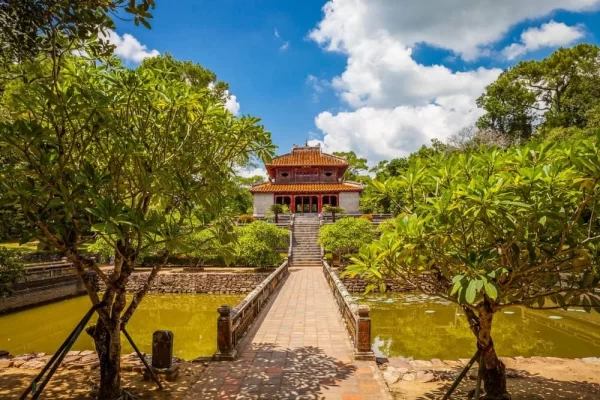
Minh Mang Tomb
Minh Mang Tomb: Known for its perfect harmony with nature, this tomb was designed with a symmetrical layout, surrounded by lakes, gardens, and forested hills. The intricate carvings and statues symbolize the emperor’s authority and connection to heaven.
Entrance fee:
- Adult: 150,000 VND/person
- Children: 30,000 VND/person
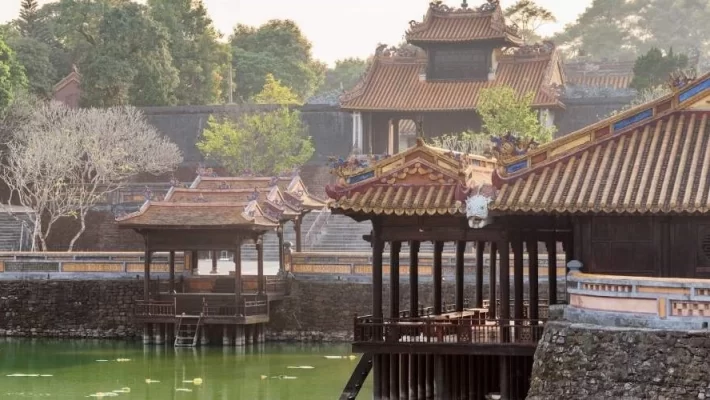
Tu Duc Tomb
Tu Duc Tomb: A sprawling complex that includes temples, pavilions, and a lake, Tu Duc’s tomb reflects the emperor’s poetic nature. Built while he was still alive, it served as his summer retreat as well as his resting place. Visitors can stroll through tranquil gardens and enjoy the serene atmosphere.
Entrance fee:
- Adult: 150,000 VND/person
- Children: 30,000 VND/person
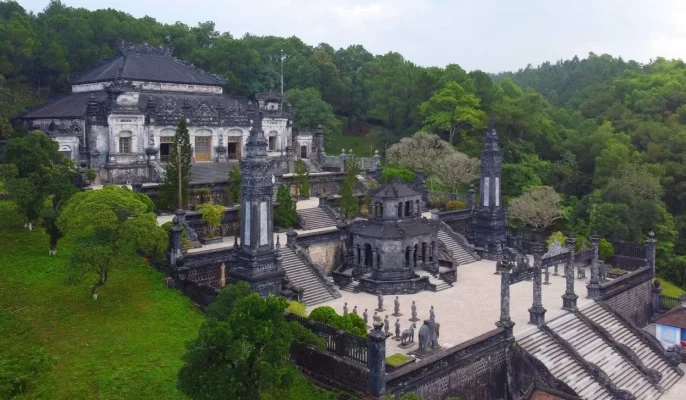
Khai Dinh Tomb
Khai Dinh Tomb: This tomb is noted for its fusion of Vietnamese and Western architectural styles, showcasing a blend of traditional Eastern elements with European influences. The interior is richly decorated with murals and intricate mosaic work, particularly in the main temple where the emperor’s statue and altar are located.
Entrance fee:
- Adult: 150,000 VND/person
- Children: 30,000 VND/person
V. Travel Tips for Visiting the Imperial City of Hue
1. When does Imperial City of Hue Open?
The Imperial City of Hue is open year-round, with hours varying depending on the season and weather conditions. Typically, the opening hours are as follows:
- April to September: 6:30 AM to 5:30 PM. During this time, the days are longer, and the natural light allows visitors to explore all attractions without the time constraints of early closure.
- October to March: 7:00 AM to 5:00 PM. This period is characterized by shorter days and wetter weather, so the operating hours are slightly reduced to ensure visitor safety.
In addition to regular hours, during special events like the Hue Festival, the Citadel may stay open later, hosting additional cultural events such as royal court music performances or palace lighting displays.
2. Entrance Fees of Imperial City of Hue
Ticket prices for the Imperial City vary depending on visitor type and additional services:
Standard admission:
- Adults (international visitors): approximately 200,000 VND (around 8 USD).
- Children (ages 7 to 12): approximately 30,000 VND (around 1.5 USD).
Combo ticket for three main attractions (Hue Imperial City, Minh Mang Tomb, and Tu Duc Tomb): approximately 530,000 VND (about 22 USD). This is an economical option for those interested in exploring all the key royal sites in Hue.
- Guided tours: English-speaking or other language guides can be booked for an additional fee ranging from 100,000 to 150,000 VND (approximately 5-7 USD), depending on the tour duration and group size.
- Special event tickets: For evening events or royal court music performances, separate tickets may be required, ranging from 100,000 – 200,000 VND.
3. Best Time to Visit the Imperial City of Hue
Hue has a tropical monsoon climate, with two distinct seasons: dry and rainy. The best time to visit the Imperial City is during the dry season (from March to August), when the weather is pleasant and ideal for outdoor sightseeing.
- March to May: The weather is mild (25-30°C) with minimal rain, making it perfect for exploring historical sites.
- June to August: Although temperatures can rise to 35°C, this is the peak tourist season. Visitors can enjoy the Hue Festival, one of Vietnam’s most prominent cultural events.
During the rainy season (from September to February), Hue experiences heavy rainfall and occasional flooding, with a generally humid atmosphere. If visiting during this period, it’s recommended to prepare for rain and focus on indoor attractions, though the city takes on a tranquil and peaceful charm.
VI. Accommodation Options Near the Imperial City of Hue
1. Azerai La Residence
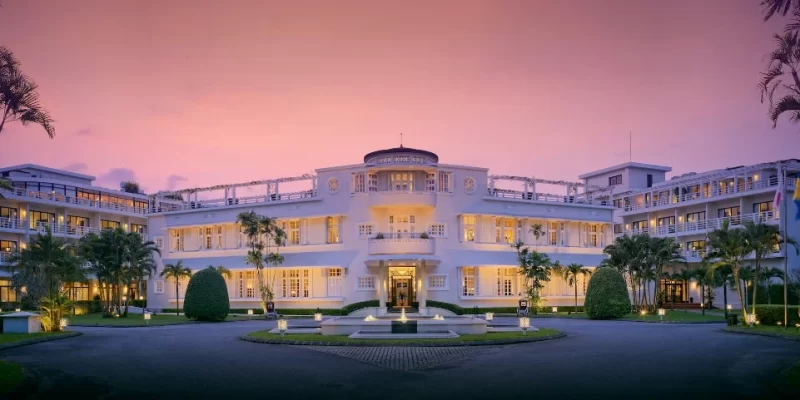
Azerai La Residence
Situated right on the banks of the Perfume River, Azerai La Residence is a five-star hotel featuring unique Art Deco architecture. Once the residence of the French governor, this hotel reflects the colonial past of the city.
The rooms are tastefully designed, blending traditional Vietnamese and Western styles, creating a space that is both elegant and luxurious. Guests can enjoy a spa, an outdoor pool, and fine dining with international cuisine. Located just minutes from the Imperial City, Azerai is perfect for those seeking luxury amidst historic surroundings.
- Address: 5 Le Loi, Street, Hue, Thua Thien Hue
- Price: Arround $180 per night.
2. Pilgrimage Village Boutique Resort & Spa
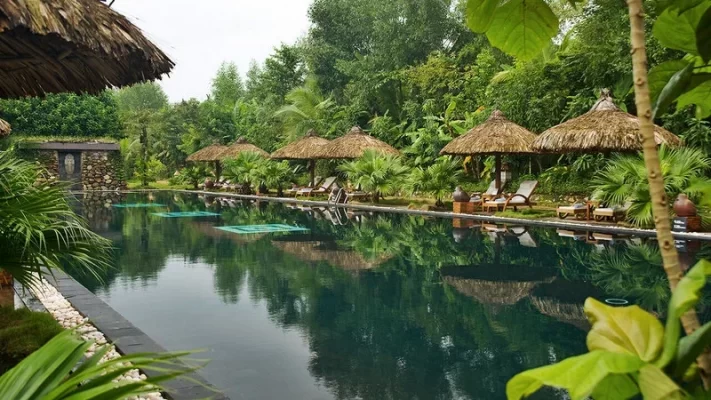
Pilgrimage Village Boutique Resort & Spa
About a 10-minute drive from the Imperial City, Pilgrimage Village is an ideal retreat surrounded by nature and tranquility. This resort is nestled in lush greenery and tropical gardens, offering the perfect setting for relaxation.
All the spacious rooms are equipped with modern amenities but maintain a rustic charm with wooden furniture and handcrafted décor. Guests can unwind at the spa, indulge in delicious food at the restaurant, or participate in yoga and meditation classes.
- Address: 130 Minh Mang, Thuy Xuan, Hue, Thua Thien Hue
- Price: Arround $70 per night.
Read more: Best Hue Hotels
3. Hue Serene Palace Hotel
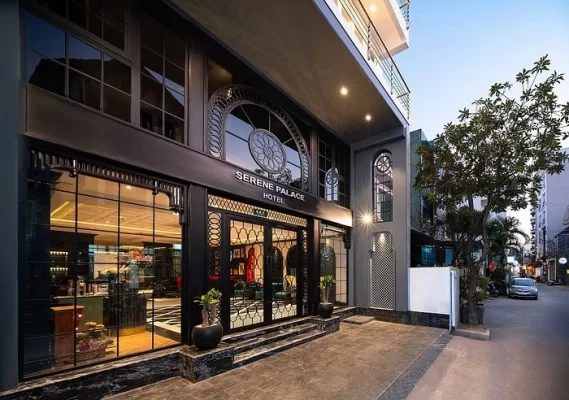
Hue Serene Palace Hotel
Located in Hue’s backpacker district, Hue Serene Palace is a popular choice for travelers looking for comfort at an affordable price. The hotel offers modern rooms equipped with air conditioning, flat-screen TVs, and free Wi-Fi. Just a 10-minute walk from the Imperial City, it is a great option for visitors who want to balance convenience and budget.
- Address: 21 Alley 42 Nguyen Cong Tru, Phu Hoi, Hue City, Thua Thien Hue
- Price: Arround $35 per night.
4. Tò Vò Hostel
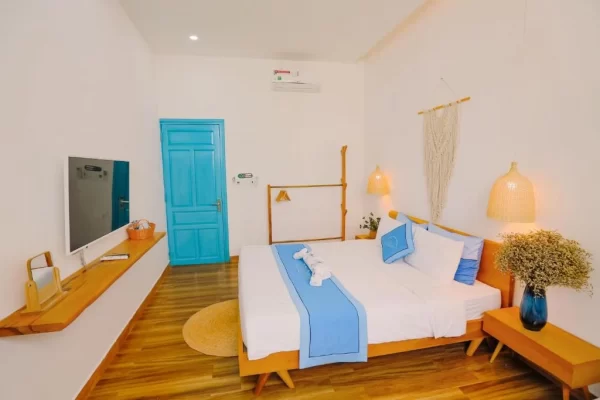
Tò Vò Hostel
The architecture of Tò Vò is inspired by the beautiful island of “Santorini.” It bears the mark of the Mediterranean. Visitors will be surprised by the new and unique design when they come here. With harmonious blue and white colors, wide dome. Surrounded by flowers, leaves, and lush green trees. Tò Vò Hostel promises to be an ideal stopover for tourists when visiting the sweet city of Hue.
- Address: 31A Tran Quang Khai, Phu Hoi Ward, Hue City, Thua Thien Hue.
- Price: Arround $20 per night.
In conclusion, the Imperial City of Hue stands as a testament to Vietnam’s rich cultural and historical heritage, offering visitors a deep dive into the country’s royal past. Whether you’re an avid history enthusiast or simply seeking to immerse yourself in the beauty of ancient architecture and traditional arts, the Imperial City of Hue is an unmissable destination. Plan your visit to Hue’s Imperial City and experience a journey through time, where history, culture, and beauty converge in perfect harmony.
Read more: Hue travel tips



